QRP is much more than just types of gear, and antennas.
It is a mindset that involves using the minimal amount of gear to achieve the communications you desire
QRP is defined today as being at least 5 watts or lower output for a CW operation and 10 to 20 watts for a voice or data operation.
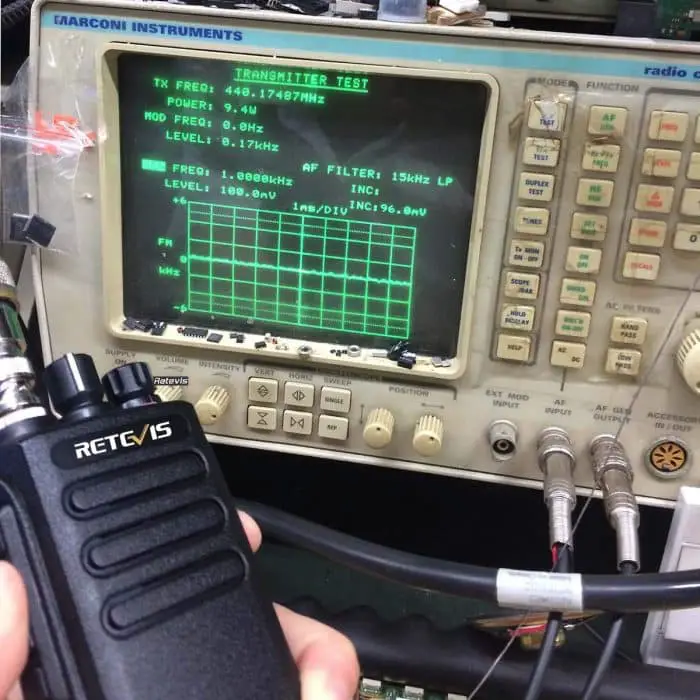
Purists claim that for voice it should be limited to 10 watts. Die Hard QRP operators believe that anything above 5 watts for voice or data is QRO (high power).
The Typical Minimalist QRP Setup
How simple or complex your station is depends on how far you are willing to go. This can mean CW stations with as few as 7 parts, or voice stations that require significant batteries, or data stations that include computers and generators.
For most QRP operators around the world this means having a small CW transceiver of 1-5 watts output that can operate on a small solar rechargeable battery pack weighing ounces instead of pounds.
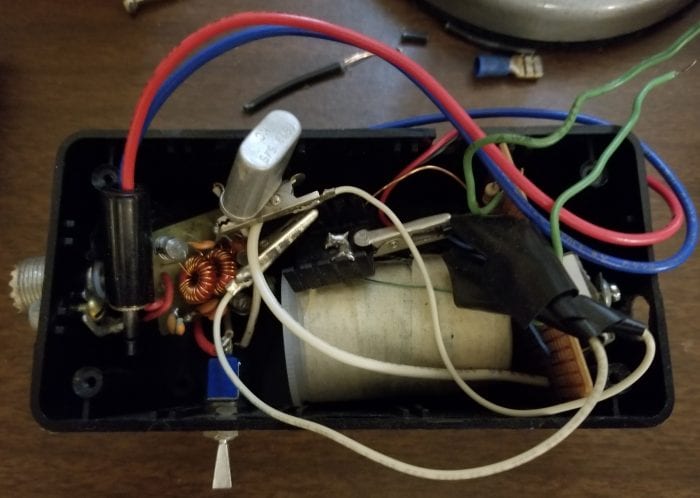
I am striving to develop a CW transmitter and receiver station that operates off 3 to 12 volts emitting between milliwatts and 1 watt. I for 1 believe that 1 watt is required for intercontinental contact or a more regular basis.
That less than 1 watt can produce useable regional contacts of out to 500 miles or more, more regularly. If you want a solid globe spanning CW signal on a more frequent basis then you need 5 watts. Most likely you will need an outstanding antenna more often than not.
Low Power Solar Powered QRP for SHTF Prepping
While CW isn’t for everyone, QRP operating can also mean a simple 1 to 5 watt FM Handheld radio that they can recharge with a solar panel system or generator. Both operate within the modern definition of QRP. The Yaesu FT 817 and other transceivers will operate multi-band and multi mode.
While they consume more amperage from a battery/charger system their low power still consumes less power on average than many 100 watt transmitters. Don’t think a 5 watt hand held on vhf cant produce a useable local data signal. Quite the contrary.
As far as you can hear distance wise on your antenna system at FM voice, is the range potential for exchanging data modes such as RTTY, PSK31, SSTV, or any data mode. Don’t expect weak signal enhancement, you wont get any. But you can transfer forms and messages much farther than a system like Gotenna.
You are limited by your antenna height. Example: with my antenna at 20 ft off the ground, it is not uncommon for a data signal to travel 10 miles or more to a receiving station using my 4 watt vhf FM handheld transceiver running off its battery. Gotenna will never compete with that. Being a ham radio operator has advantages.
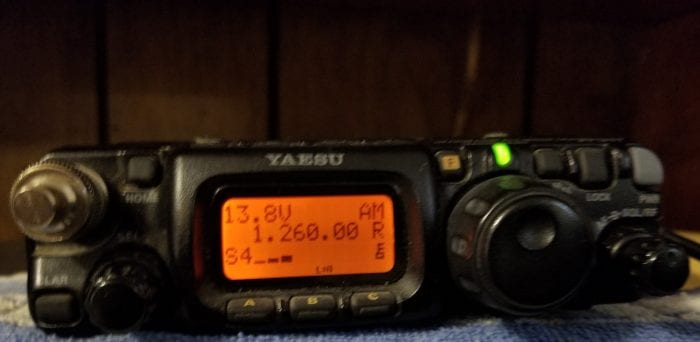
Anyway, the basic dependable system, such as the Mountaintopper CW transceiver (MTR3B), a 2.5 to 5 watt 3 band transceiver, can run on 10 AA batteries for quite awhile with normal use. Ration the battery pack power consumption and you can stretch it to twice and four times as long. It only consumes 20 milliamps on transmit. For an antenna it can be as simple as an endfed wire and counterpoise.
There are may more low power consumption transceivers than just the Mountaintopper. It is just a popular example of a 3 or 5 band CW transceiver. I favor the single band 20 meter CW transceiver such as the MFJ QRP cub. It is available in many different bands, an metal enclosure, will run off of a 9 volt battery. The 20 meter version emits 1.5 watts.
1 watt is considered the minimum by many operators as the standard for minimally reliable communications. If this were my choice for an emergency transceiver and not a general use and dx chasing qrp radio I would choose 40 meter band for its propagation characteristics.
Kit Radios for Voice Transmission
For voice there are a number of kit radios and off the shelf options just as for CW. The simplest to make are the AM/DSB radios. There are few kits but they do exist. Many commercially made radios include some form of AM operation on HF.
Just note that SSB tends to be the current standard mode for HF. Even though newer digital modes are starting to appear none have gained sufficient traction to supplant SSB as the king of the air waves. Much like SSB did to AM through the 1950’s through the 1960’s.
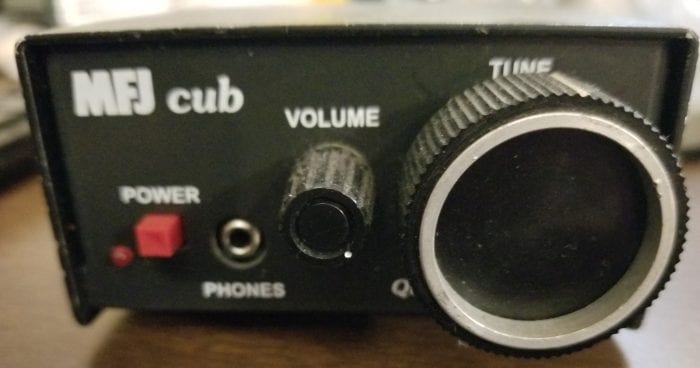
The variance in price for voice radio (cheaper quality Vhf/uhf FM being an exception), voice transceivers in general, even kit radios, tend to cost much more. Being more complex, usually requiring higher electricity consumption, they are not simple to construct and generally require a higher degree of manufacturing capability.
This is not the case for every radio, but it is the trend. I recently bought a single band board for 17 meters. This came just as a board. I have to scrounge components, a case, connectors, microphone, and power supply for it. I intend to use it as a low power data radio. The tuning bandwidth will not be very large so I think it will be suitable for this.
I may not be very experienced with data on the 17 meter band. But I do know that it makes an excellent band for voice mobile use. A 1/4 wavelength antenna is only about 13 feet long. Very easy to support such a short antenna. Additionally, such small transceivers are easily stored in such a small waterproof case that can float along with batteries, wire antenna, microphone.
Since my phone has many data apps available (android more than iphone) even without phone service, my phone becomes a mini computer. It can be connected to a radio via its headphone Jack, or USB port, or just by audio and take advantage of weak signal sound card detection modes like psk31 or Olivia 8-500, etc.
SHTF Prepping with Ham Radio
The possibilities for disaster prepping with Amateur Radio are much better than with many other services. One of the best systems right now and one that our State ARES is looking
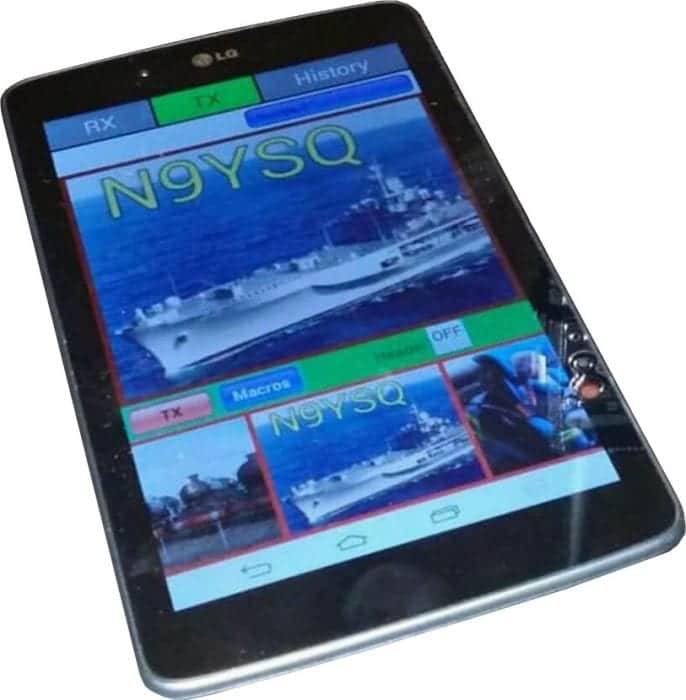
at is Winlink. It is sending email by hf/vhf/uhf until it gets to a station with internet, then it goes out as regular email. Similar services are or were pskmail, airmail, packet mail (which may have become Winlink), Pactor mail. All have their own quirks or system operations.
To me Winlink seems the most viable, though it does require computer access to use. I wish there was an app for that, but there isn’t. Another possibility is just using FLDIGI software or any other software to connect to a ham that still has internet access. Have them send your message or call the person you need to contact.
Accessing LEO Repeater Satellites for SOS
Let us not forget to discuss satellites. They are repeaters in space. Low earth orbit (LEO) ones can often be accessed by a 2 meter ht with stock antenna. Now more enhanced antennas make using them more practical and their overhead passes are very short. So it is possible to send an SOS or contact someone for help if your phone isn’t working. Just make sure you give your name, location, status, needs, in the first solid transmission you make, you may not get another for a while.
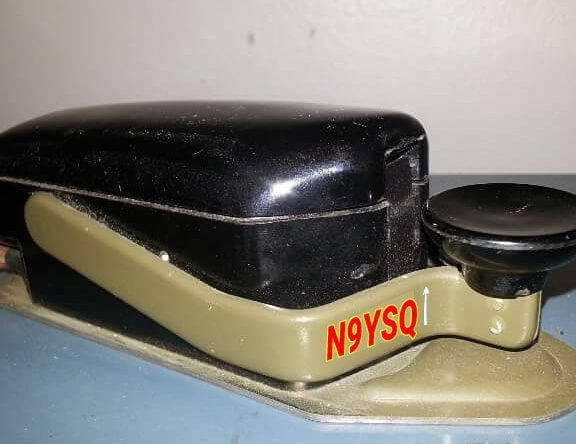
Most have cycles of 90 minutes and shift position in relation to the earth. So one over you this time may return with its receive foot print out of your reach. Using satellites requires skill. Skill comes by practice using them, knowing where they are overhead, and being concise with your information.
Similarly, the ISS may be monitoring or operating on its 2 meter equipment. Knowing the frequencies helps tremendously. Rumors among satellite operators are flying that there may eventually be a geostationary satellite in the works for Amateur Radio. That would greatly help in disasters both for individuals and emergency groups if it’s TRUE. You never know about these rumors.
Learn Morse Code for More Options
My advice would be to learn a rudimentary Morse code at 5 wpm and be able to copy near 10 wpm if you can, more if possible. And that would give you the most QRP radios to choose from. Have a good HT if possible and keep the batteries charged. Decent HTs have been selling for between $70-100 dollars maybe up to $200.
But if a $35 Baofeng is all you can afford, there is no shame there. I have several. The radio, a UV5RA, 2 batteries, better antenna, car power cord, and microphone, all cost less than a replacement battery for any Alinco, Yaesu, Icom, Kenwood ht I have ever had. Most Baofengs work pretty well for a $35 radio. There can be interference and inter-mod with even the best gold plated Kenwood HT money can buy.
If you feel the need to buy an all-band all mode HF/VHF/UHF transceiver I like the Yeasu FT 817/818. There are many other good ones out there too. Get the one you like based on your research.
There are many HF/VHF/UHF transceivers like the Yaesu FT857d or Icom 706 that can turn their power down to qrp powers or close. They can be wonderful radios. But they do consume alot of battery power. But then you can use the 100 watts when you need it. They are often heavy, with heavy batteries. And may not be a good choice for an emergency.
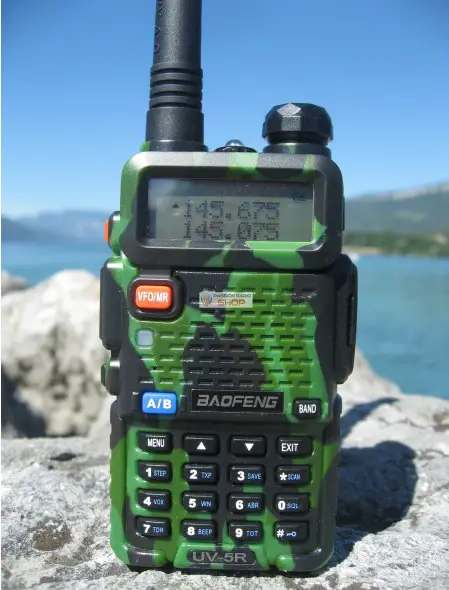
Remember, experts now say, that if Amelia Earheart had used even a rudimentary level of Morse code when her emergency happened, she might have lived much longer. Her insistence on voice modes only, though AM at the time, may have been why no one could hear her call for help. Be prepared, become a ham, learn how to use your equipment fully.
